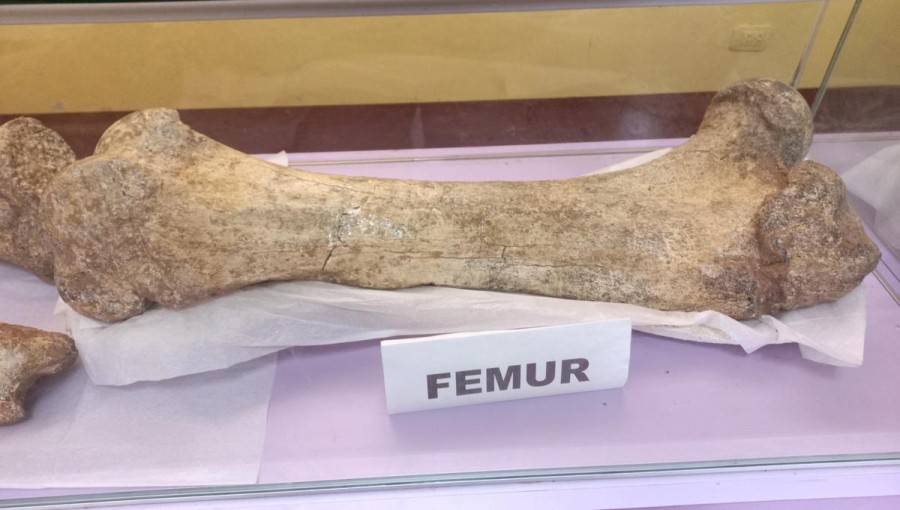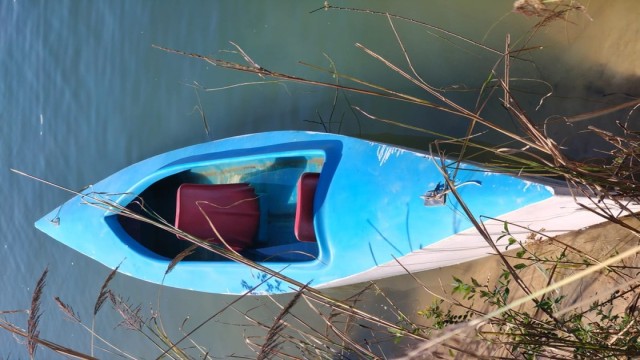Spet 25, V7N - Fossilized remains of three mastodons, dating back 11,000 to 12,000 years, have been unearthed in the Peruvian Andes, raising intriguing questions about how these massive Ice Age creatures arrived in the region. The fossils, discovered in Chambara valley, 300 km east of Lima, include one nearly complete specimen, which paleontologists believe could be the most preserved mastodon in Peru. Experts are hopeful that the presence of tusks indicates the skull may also be found, adding significant scientific value to the discovery.
Mastodons, which resemble mammoths but with flatter heads and straighter tusks, likely migrated from North to South America as climate conditions evolved, searching for food and water. The discovery site, a small area less than one hectare, has yielded three mastodon specimens so far, with researchers anticipating the potential for finding more fossils, possibly of other animals. The changing geography of the Andes, which formed lagoons in the Mantaro Valley, might have provided the water sources these creatures needed to survive.
Peru has a rich history of prehistoric discoveries. Earlier in April, paleontologists also uncovered the fossilized skull of a river dolphin that swam through the Peruvian Amazon 16 million years ago, adding to the country's paleontological significance.
END/WD/RH/































Comment: